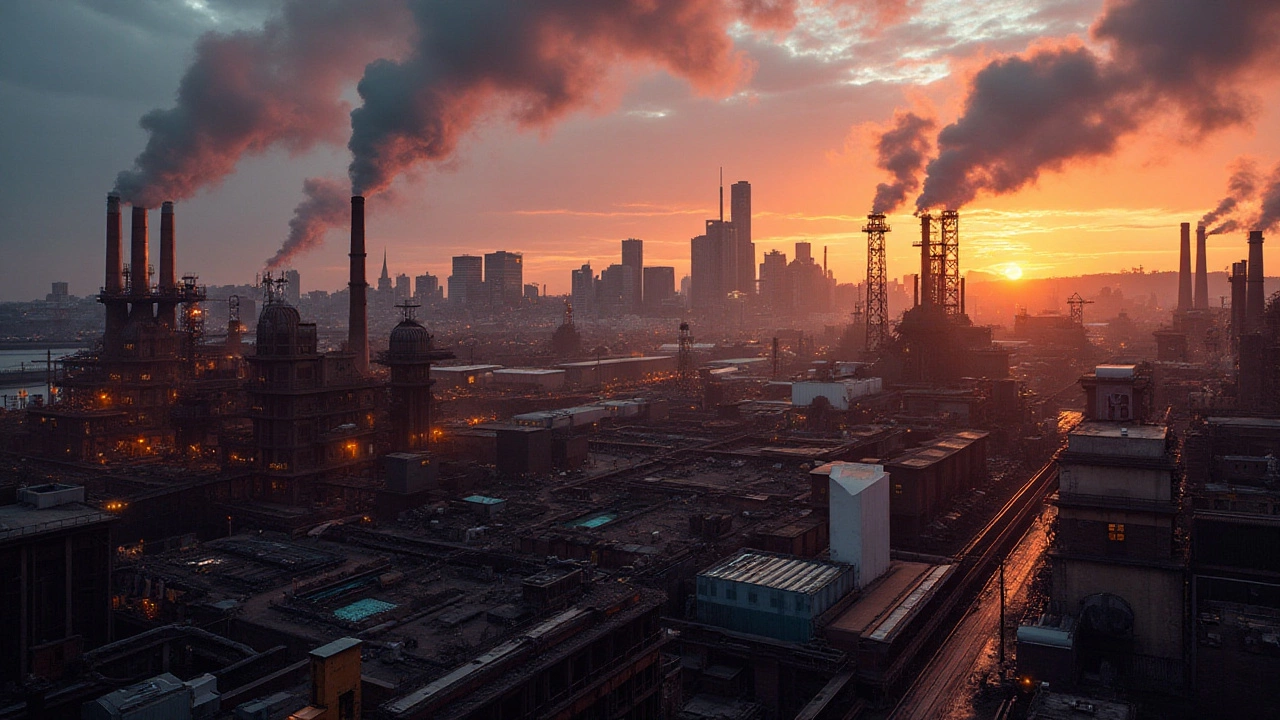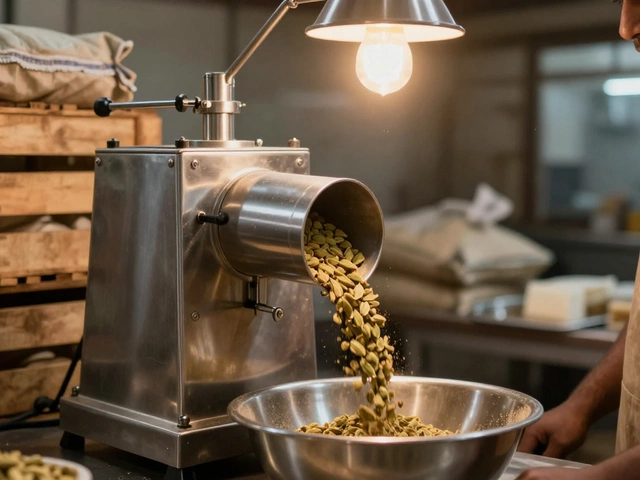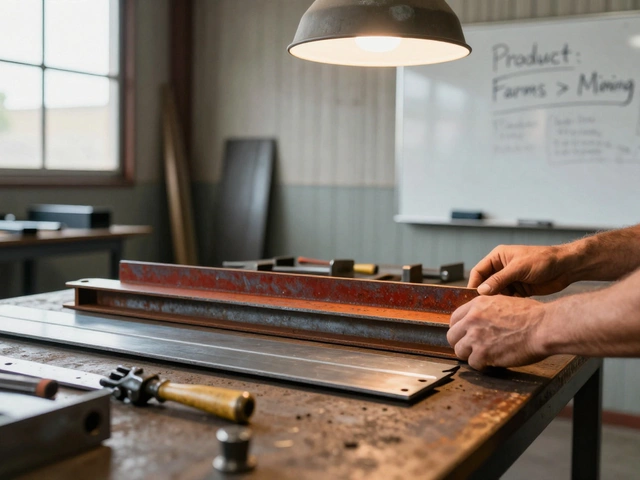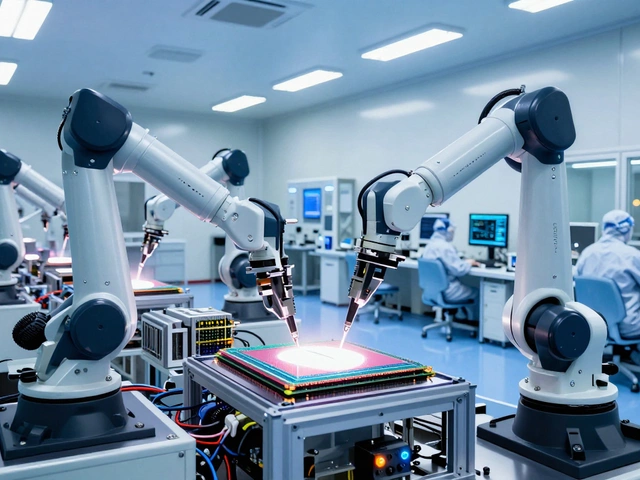American Steel Production: Current Landscape and Future Outlook
America’s steel industry has been a backbone of the economy for over a century. Today it faces a mix of old‑school demand and new‑age technology. If you own a factory, work in supply chain, or just wonder where the steel in your car comes from, this guide gives you the basics you need.
Key Drivers of US Steel Output
First up, demand. Construction, automotive builds, and energy projects still eat up a big chunk of steel. When housing starts rise, steel mills see more orders for rebar and beams. The auto sector is shifting toward lighter, high‑strength steel, which means manufacturers are looking for newer grades that can handle modern safety standards.
Second, technology. Many US plants have upgraded to electric arc furnaces (EAF) that recycle scrap metal. EAFs use less energy than traditional blast furnaces and cut down CO2 emissions. This tech switch helps plants meet tighter environmental rules while keeping costs in check.
Third, policy. The government’s “Buy American” initiatives give a boost to domestically produced steel by requiring certain public projects to source locally. These policies create a safety net that helps keep production levels steady, especially when foreign imports try to flood the market.
Challenges and the Path Forward
One major hurdle is competition from overseas producers, especially China. Cheaper imports can undercut US prices, forcing local mills to find ways to stay competitive. Many respond by focusing on high‑value specialty steels that are harder to import cheaply.
Environmental pressure is another big factor. Regulations on carbon emissions are getting stricter, and steel is a carbon‑intensive industry. Companies are investing in hydrogen‑based reduction and carbon capture to meet those rules. While the upfront cost is high, the long‑term savings and market advantage can be worth it.
Workforce issues also matter. Skilled labor is harder to find, and training programs need to keep pace with new technology. Partnerships between steelmakers and technical schools are popping up to close that gap.
Looking ahead, the US steel sector is likely to focus on three things: higher efficiency, greener production, and niche products that command premium prices. Expect more plants to add EAF capacity, adopt renewable energy sources, and explore innovative alloys for aerospace and renewable‑energy equipment.
In short, American steel production is at a crossroads. Demand stays strong, technology opens doors, but competition and climate rules push firms to adapt fast. For anyone watching the industry, the story is about how traditional heavy‑industry roots blend with modern, sustainable practices to keep the US a key player on the global steel stage.
Where is Steel Produced in America? A Guide to US Steel Manufacturing
The American steel industry stands as a backbone of the country's industrial and economic sectors, operating through several major regions. This informative article explores key locations where steel is produced, delving into the historic roots, modern advancements, and regional specifics. From Pittsburgh's storied legacy to the modern facilities of the Midwest, discover the diversity and depth of steel manufacturing in the United States. Learn interesting facts about how different regions contribute uniquely to the nation's steel output.
Read More




